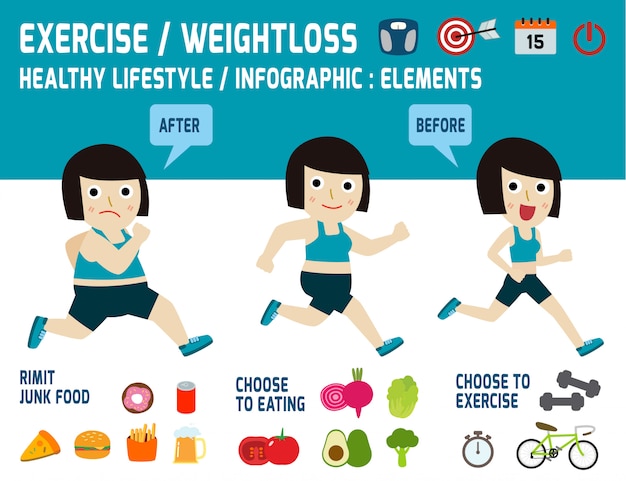Cold laser therapy is a non-invasive, pain-free treatment that helps in reducing inflammation and enhances cell regeneration. It is a safe option to intrusive procedures and often has instant outcomes.
Laser photons launch a domino effect of chemical reactions within the cell that decrease discomfort, swelling, and increase healing. It enhances blood flow to the location by generating vasodilation.
What to Expect
Cold laser therapy is a non-invasive treatment that utilizes low-level laser light to pass through deep into injured cells, causing cell function on several degrees to advertise tissue healing. This helps reduce pain and swelling, while advertising contraction and regeneration.
During a session, you'll sit or rest pleasantly and the practitioner will mark the areas on your body that requirement to be dealt with. The expert after that uses a small handheld gadget with the laser to the location. Throughout the therapy, you might really feel a mild tingling or warmth in the area of your injury.
Before starting therapy, it is essential to clean the area of your injury and remove any type of fashion jewelry or other items that might obstruct of the laser's course. It's likewise vital to stay clear of any flammable materials that could be in the area of the laser beam. This will ensure your security and the efficiency of the therapy.
Prep work
Cold laser treatment works by radiating light externally of your skin. The light is taken in by the leading layer of your skin and afterwards boosts the cells to generate power that advertises healing.
During the treatment, you may really feel a cozy or prickling feeling in the area that is being treated. This is completely normal, though you should let the practitioner know if the sensation is uncomfortable or too strong.
This treatment has a lot of promise for assisting clients with distressing mind injury (TBI). The treatment is non-invasive and doesn't have any negative side effects. Nevertheless, more research is needed to identify the ideal therapy method. The best way to discover if you are a candidate for this kind of therapy is to speak with a skilled physiotherapist. They will certainly be able to help you identify if cool laser treatment is right for you.
The Treatment
Once the expert has actually correctly positioned you for therapy, they will then place the chilly laser device on the damaged location. They may maintain it on for 30 seconds or longer, depending upon the size of the injury and its level of sensitivity. They will certainly utilize protective safety glasses to make certain that the laser does not straight hit the eyes, and they will make certain that you are secured from any type of glow that might occur.
You might really feel a small prickling feeling on the area that is being dealt with, however it will certainly not be unpleasant or painful. This is an indicator that the laser is working cold light therapy to stimulate the healing procedure in the impacted tissue.
The majority of individuals experience pain relief within a couple of sessions, with some seeing long-term results even after numerous months of treatments. It is important to keep in mind that LLLT is not meant as a single therapy for any persistent pain problem and it ought to be coupled with various other therapeutic strategies in order to achieve optimal results.
Post-Treatment
After you relax or sit, the specialist will certainly utilize a stick with a series of light-emitting diodes to target your pain website. You will use safety eye goggles, and the laser might be held on your skin for 30 to 60 seconds. You may really feel a gentle, comforting feeling throughout the treatment.
The photons from the laser pass through deep right into your tissue, causing a healing action on a mobile level. Unlike various other kinds of laser treatment, this low-intensity approach does not develop heat.
Some studies have actually shown that cool laser therapy is effective in treating a number of problems, including persistent discomfort and injuries. Nonetheless, it is less widely approved as a standard clinical method, and it isn't covered by numerous health insurance plans. Furthermore, it is not recommended to be made use of over any kind of suspicious malignant sores or cancers or on expectant females. You should constantly seek advice from your oncologist prior to seeking this kind of treatment.
